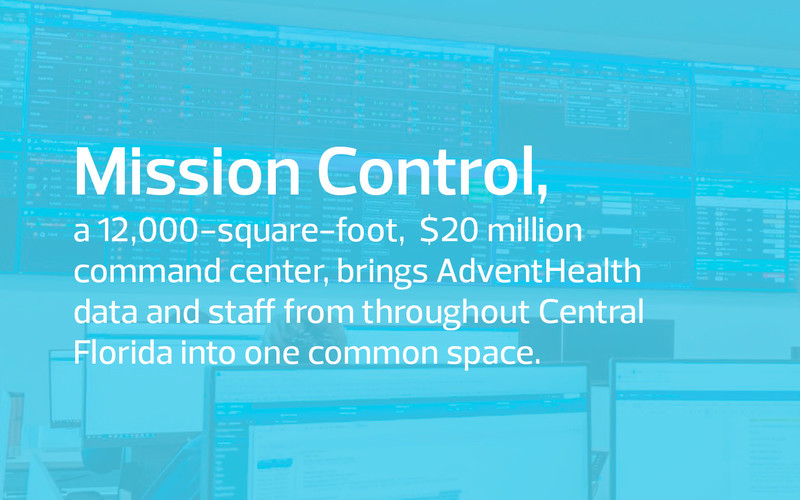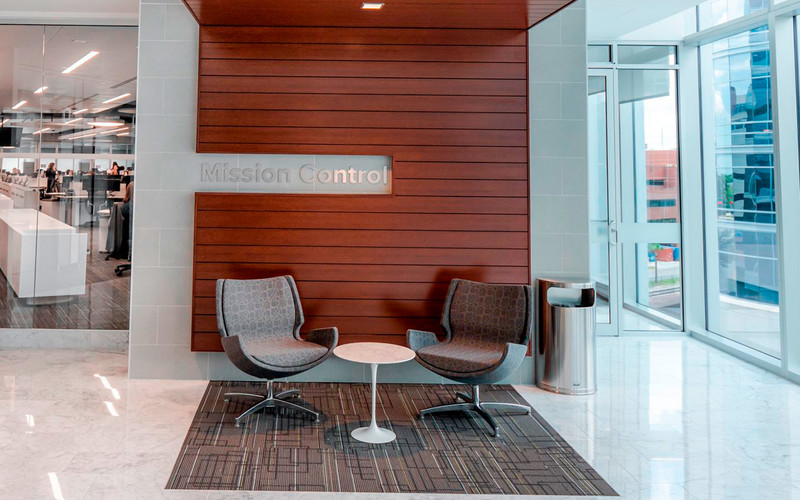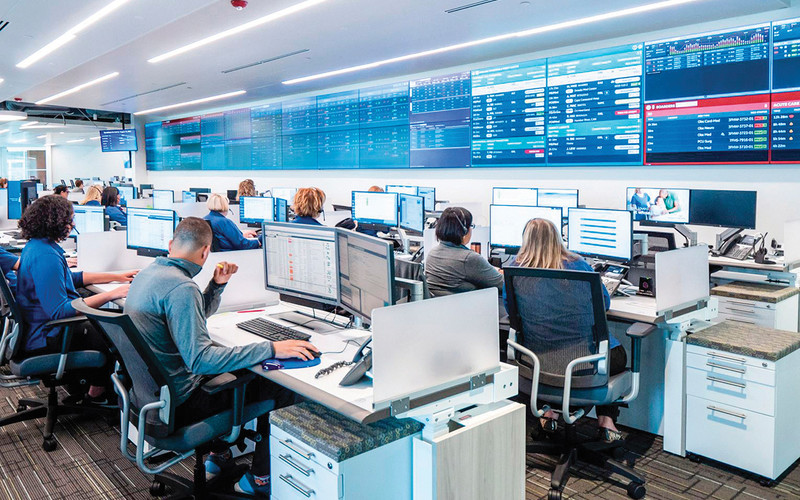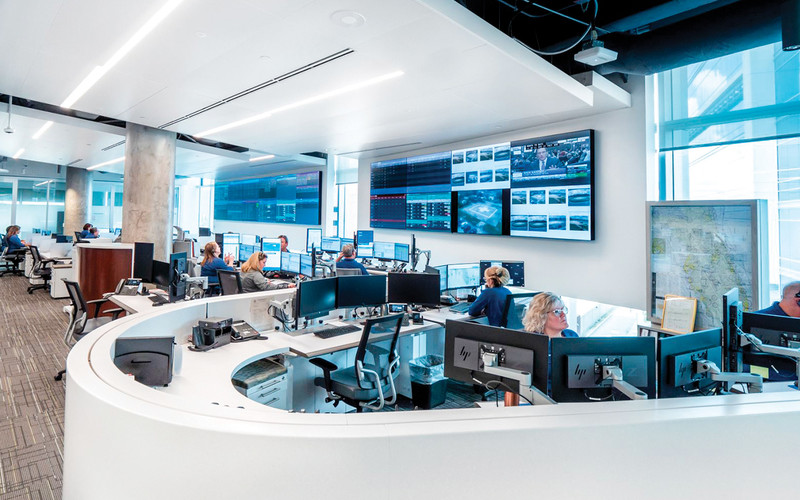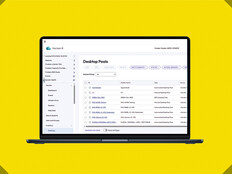The 12,000-square-foot, $20 million center opened in August, with Pattani as executive medical director. Already, Pattani and Escobar say, the command center is providing a more seamless patient care experience and reducing the number of patients AdventHealth turns away.
“We have a wealth of data, but previously, that data was isolated to individual campuses,” Escobar says. “We needed to move from data to insights, and then ultimately move from insights to insights at scale.”
That shift is happening at more hospitals, especially large healthcare systems where it’s otherwise nearly impossible to keep track of myriad moving parts, says Tanya Egbert, senior director for research and strategy at KLAS. The resulting command centers rely on a variety of technologies, including video displays, networking equipment and workstations — but Egbert notes that these facilities vary greatly in design and implementation.
“It’s a newer phenomenon,” Egbert says. “Each command center tends to look slightly different, even if they’re using the same underlying vendors. If you’ve seen one command center, you’ve seen one.”
Command Centers Bring Insight, Speed and Safety
AdventHealth brings data and staff from throughout Central Florida into one common space with the intention of making small improvements that shape big changes in operational efficiency and patient care across the network.
With the help of custom-built dashboards, officials have enough visibility into their data to estimate wait times and offer patients the choice of a bed at another AdventHealth facility. “We’re giving our consumers a little bit more choice to minimize delays in care, to make it a better experience for them and to allow for better patient safety,” says Pattani.










